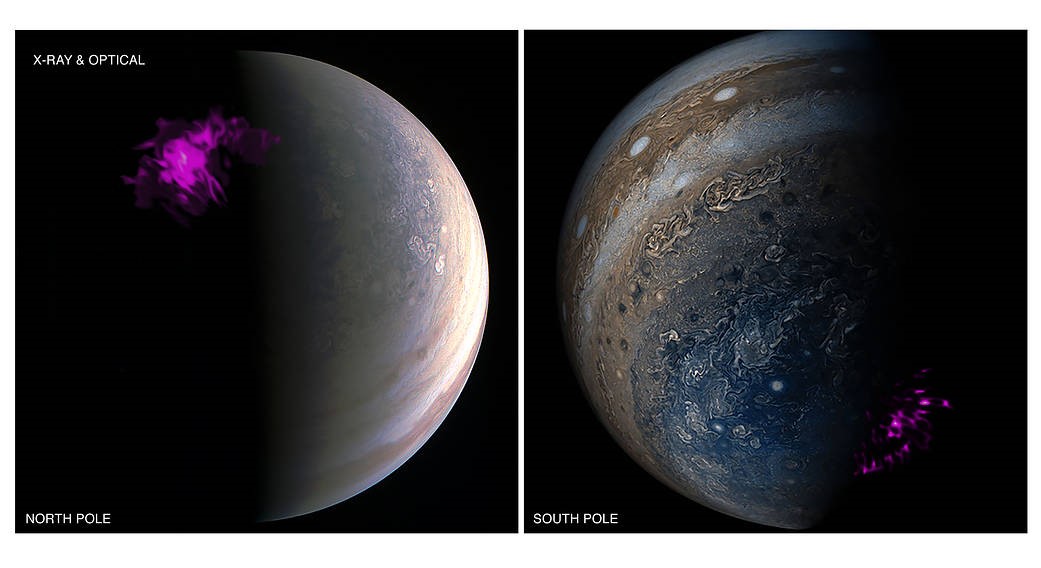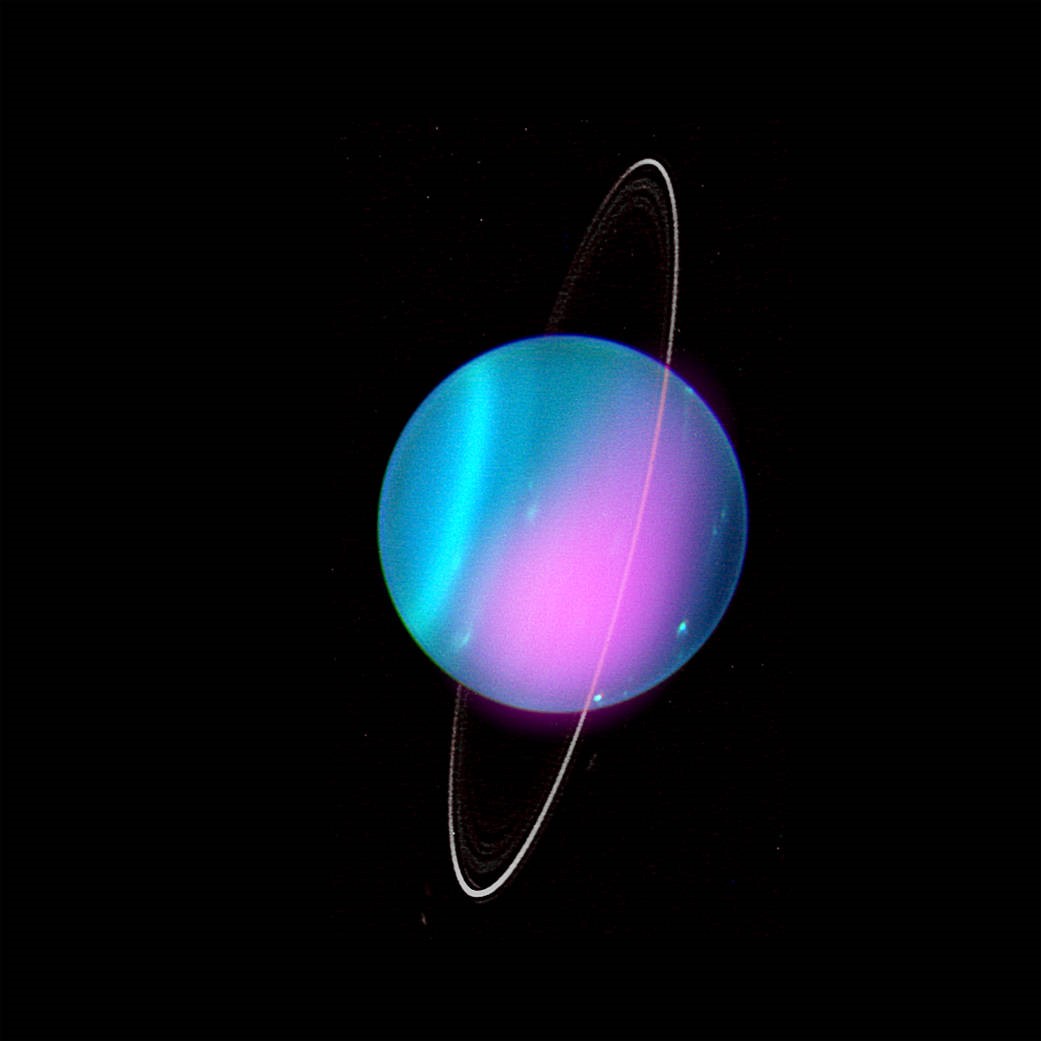

William DUNN
University College London
Dr William Dunn currently holds an Ernest Rutherford Fellowship at University College London. Previously, he held an SAO fellowship at the Harvard-Smithsonian Center for Astrophysics in the US, and a European Space Agency NPI fellowship at ESAC (Spain) and at UCL's Mullard Space Science Laboratory (UK), where he undertook his PhD and held a PDRA role. His work focuses on the use of X-ray observatories to study planets and consequently spans the realms of planetary science, heliophysics and astrophysics. In the last year, his findings of note include the discovery of X-ray emissions from Uranus, identifying the processes that lead Jupiter to produce X-ray aurora and the unification of Jupiter’s pulsations. Will is also particularly passionate about education equity and improving inclusivity and diversity in science. In this endeavour, he has run the Orbyts research-with-schools programme (www.orbyts.org) since 2017. The programme has enabled more than 200 school students to author scientific publications.
PS Kamide Lecture | 31 July (Mon) 08:15 AM – 10:00 AM | Level 3 MR334
Review of R&D on ionosphere and radio propagation to support a stable operation of radio infrastructure
Abstract: The Jovian system is a treasure trove of X-ray sources: diverse and dynamic atmospheric and auroral emissions, diffuse radiation belt and Io torus emissions, and plasma-surface interactions with Jupiter's moons. The system is a rich natural laboratory for astronomical X-rays with each region showcasing its own X-ray production processes: scattering and fluorescence of solar corona emissions; charge exchange emissions from energetic ions; Inverse-Compton, thermal and non-thermal bremsstrahlung emissions from relativistic electrons; and fingerprint fluorescence lines indicative of elemental composition and the potential for life on the Galilean satellites. For the high energy astrophysics domain, perhaps Jupiter's greatest attribute is the opportunity to connect observed X-ray emissions with in-situ plasma and magnetic field measurements of the precise physical processes that lead to them - irreplaceable ground truths for systems that cannot be visited in-situ. Such simultaneous studies have revealed that Jupiter's spectacular soft X-ray flares and pulsations are produced by wave-particle interactions, while the bremsstrahlung aurorae vary with magnetodisk reconnection and dipolarisation. While many remote signatures remain to be linked with their source processes, the future is bright, with synergistic Chandra, NuSTAR, XMM-Newton and Juno in-situ measurements continuing to provide revolutionary insights in the coming years, while JUICE and Europa missions with Athena and potentially the Line Emission Mapper (a newly proposed X-ray probe) enabling a new legacy. However, to truly characterise some emissions (e.g. mapping Galilean satellite elemental composition), in-situ X-ray instrumentation is a necessity. Recent advances enable compact, lightweight, X-ray instrumentation perfectly suited for Jupiter science. I will finish the Jupiter section of the talk by reviewing a feasible, low-risk in-situ X-ray instruments, such as that on the COMPASS mission, recently proposed to the NASA Heliophysics decadal. Such instrumentation would paradigm-shift our understanding of the system and provide a stepping-stone from planetary science to astrophysics.
Beyond Jupiter, it was recently revealed that the Ice Giant Uranus also produced detectable X-ray emissions. Following this finding our team was recently awarded a comprehensive observing campaign for Uranus with ESA’s flagship X-ray observatory, XMM-Newton. These observations are occurring at the point of writing this abstract, so I hope that by the Summer I will also be able to present the preliminary findings from our team’s first XMM-Newton observations of the planet.
Finally, I will close the talk by spending a few minutes discussing our ever-growing Orbyts programme (www.orbyts.org) which is shown to improve inclusivity in science by partnering school students with scientists to support school involvement in active space research. I’ll showcase a selection of magnetospheric, auroral and space weather physics discoveries made by teenagers at schools.

Overlaid optical images of Jupiter’s Northern and Southern pole by the Juno spacecraft with the X-ray aurora (purple) observed by the Chandra X-ray Observatory. Image Credit: NASA/CXC/UCL/W. Dunn et al, Optical: NASA/JPL-Caltech/SwRI/MSSS/Gerald Eichstadt/Sean Doran.

Lower: Overlaid optical images of Uranus by the Keck Observatory with the X-ray emissions (purple) observed by the Chandra X-ray Observatory.
Image Credit: NASA/CXO/UCL/W. Dunn et al; Optical: W.M. Keck Observatory
